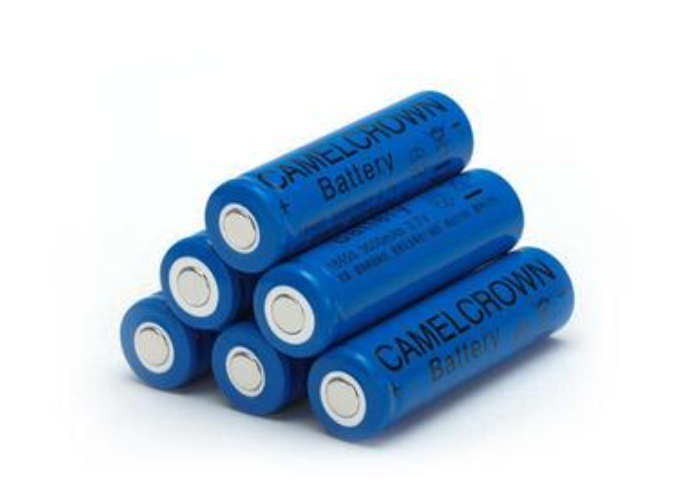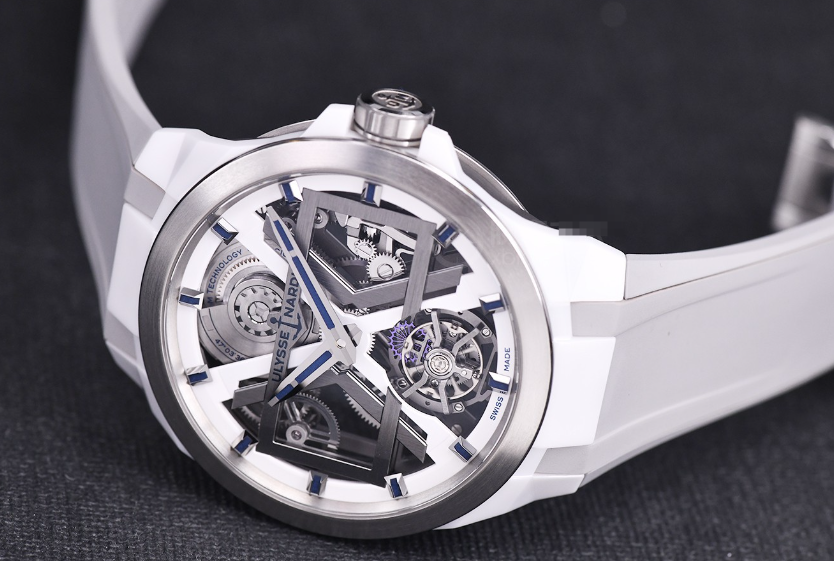Welding methods for 18650 batteries: The important welding methods used in the production and manufacturing of 18650 lithium batteries include electric welding, ultrasonic welding, laser welding, penetration welding, seam welding, pulse mode welding, continuous mode welding, etc. At present, the commonly used battery welding methods by battery manufacturers are ultrasonic welding, penetration welding, and seam welding. Penetration welding and seam welding. The connecting piece does not require punching and is easy to process. Penetration welding requires a high-power laser welding machine. The penetration depth of penetration welding is lower than that of seam welding, and its durability is almost inferior. Seam welding is more penetration welding, and only low-power laser welding machines are available. The penetration depth of seam welding is higher than that of penetration welding, and it has better durability. But the connecting piece needs to be punched, which is difficult to process. The principle of ultrasonic welding is linear vibration friction welding, which uses the frictional heat energy generated at the contact surface between two workpieces to melt the plastic. Thermal energy comes from the reciprocating movement of a workpiece under a certain pressure with a certain displacement or amplitude in another name. Once the expected welding level is reached, the vibration will end, while there will still be a certain amount of pressure applied to the two workpieces, causing the newly welded parts to cool and solidify, thus forming a thorough bond.
1. Advantages of ultrasonic plastic welding: fast welding speed, high welding strength, and good sealing performance; Replacing traditional welding/bonding processes, with low cost, clean and non polluting, and will not harm the workpiece; The welding process is firm, and all welding parameters can be tracked and monitored through a software system. Once a fault is discovered, it can be easily eliminated and maintained.
2. Advantages of ultrasonic metal welding:
1) Welding materials do not melt or have weak metal characteristics.
2) After welding, the conductivity is good, and the resistance coefficient is low or almost zero.
3) The nominal requirement for welding metal is low, and both oxidation and electroplating can be used for welding.
4) Short welding time, no need for flux, gas, or solder. 5) Welding without sparks, environmental protection insurance.
https://www.custom-battery-packs.com:Custom Battery Packs Battery Packs Custom Batteries






